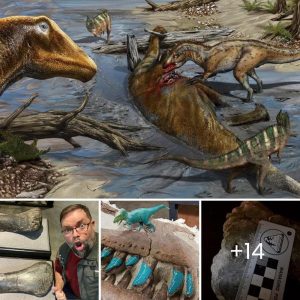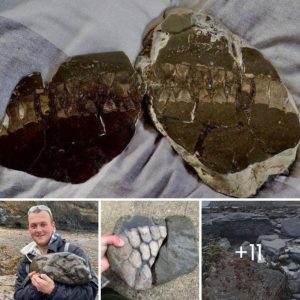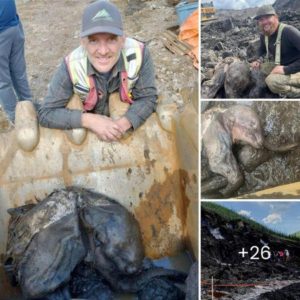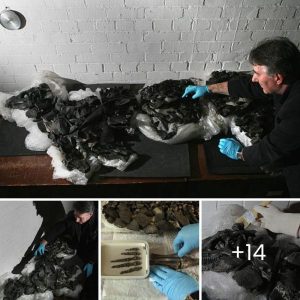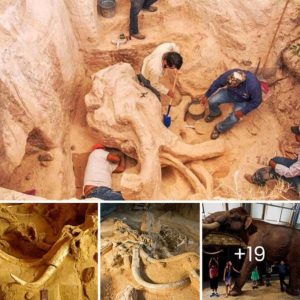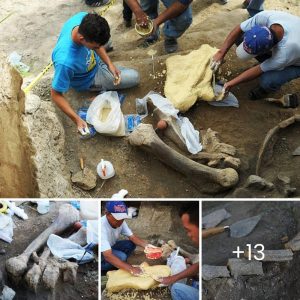In the quiet village of Wiuwert, nestled in the northernmost province of the Netherlands, Friesland, lies an enigmatic crypt beneath the Saint Nicholas Church – the Mummiekelder or Mummy Cellar.
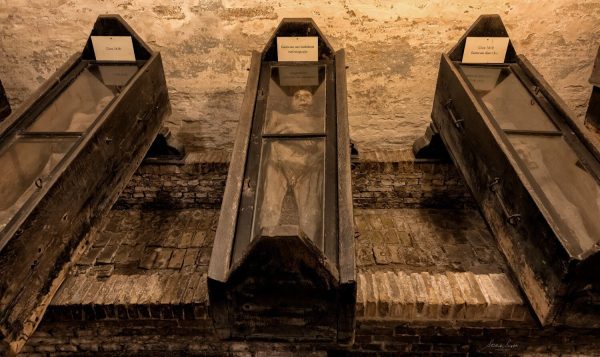
This crypt, dating back to 1609, houses a collection of naturally preserved bodies that have mystified scientists and visitors alike for centuries.
In the 17th century, Jean de Labadie, a former Roman Catholic Jesuit priest turned Pietist, founded the Labadists – a radical Protestant community.
Wiuwert became home to one such community in the 18th century, drawing reformed pastors and followers who left their parishes to join. This tight-knit community thrived until around 1730, emphasizing strict discipline, separatism, and communal living.
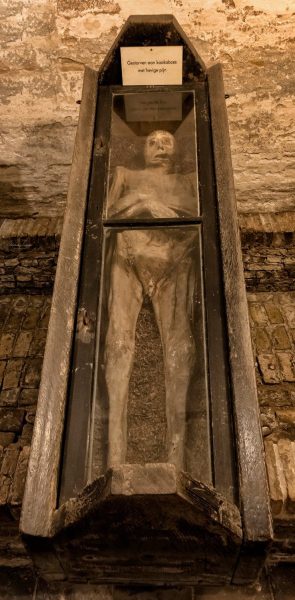
The Saint Nicholas Church, initially constructed in the 12th-13th centuries, underwent modifications over the years. In 1609, the Labadist Walta family, nobles within the community, commissioned the construction of a crypt beneath the church for their family’s burials. This crypt would later become the focal point of the mystery surrounding the Wiuwert mummies.
The revelation occurred in 1765 when carpenters, conducting routine work in the church, stumbled upon seven impeccably preserved bodies within the burial vault. These bodies, found fully clothed, displayed a level of preservation that left the witnesses astounded. The mummies weren’t artificially prepared or embalmed; instead, their preservation was attributed to the unique climatic conditions within the cellar.
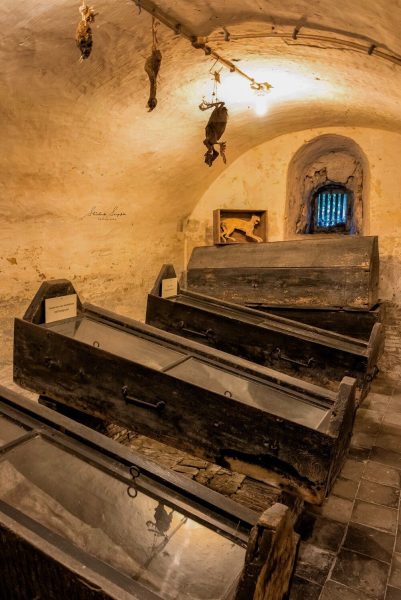
Though two of the seven mummies disintegrated during examinations, the remaining four tell fascinating tales.
Among them is a fourteen-year-old girl who succumbed to tuberculosis in 1610, a woman who peacefully passed away from natural causes in 1618, a man who endured a painful death due to a jaw abscess, and a goldsmith who found a serene resting place in 1705.
Astonishingly, the goldsmith’s eyeballs remain intact, showcasing the remarkable preservation of these ancient bodies.
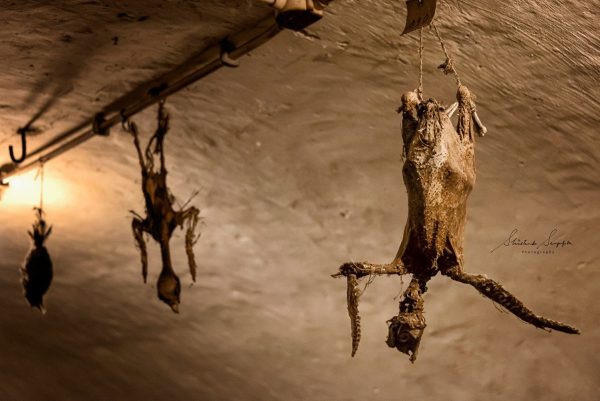
For those intrigued by this historical anomaly, a visit to the Mummiekelder provides a glimpse into Wiuwert’s past. Located at The Terp 1, 8637 VH Wiuwert, the church offers limited parking, with reservations required at least 24 hours in advance.
Potential visitors can check the official website (mummiekelder.nl) for information on opening hours and ticket prices.
The Mummiekelder stands not only as a testament to the Labadist community’s history but also as a testament to the mysterious forces that have preserved these bodies for centuries.
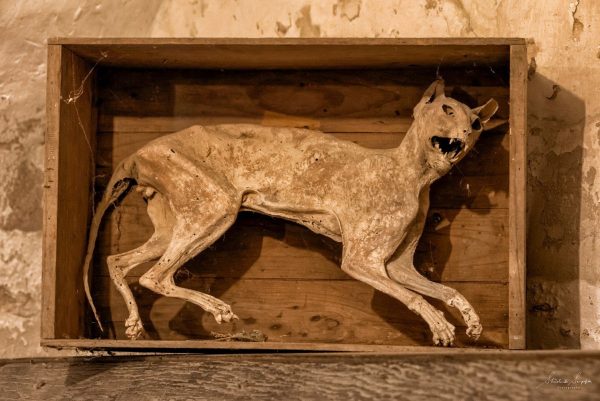
As tourists and scholars alike explore the crypt, the ancient mummies continue to captivate with their well-preserved secrets, inviting us to ponder the wonders of natural preservation in the heart of Friesland.
